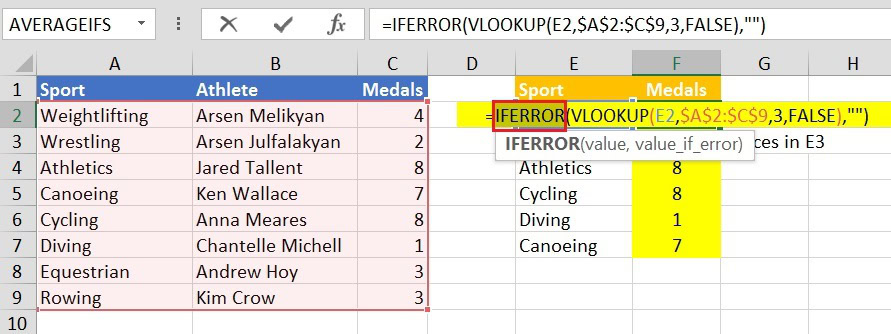Essential Habits of VLOOKUP Professionals
Mastering the powerful VLOOKUP function can be a game-changer for data manipulation in Excel. By developing some essential habits, professionals can use VLOOKUP efficiently and accurately, enhance their data analysis capabilities and reduce errors. Hence, try to understand the each Essential Habits of VLOOKUP Professionals. You can categorize essential habits into three sections as given below:
Contents
ToggleAccuracy First:
- Understand the Syntax: Make sure you understand each parameter of VLOOKUP function because without understanding the syntex of function you will always do mistakes or will confuse .
=VLOOKUP(lookup_value, table_array, col_index_num, [range_lookup])- lookup_value: The value you want to find.
- table_array: The range that contains the data.
- col_index_num: The column number in the table from which to retrieve the value.
- range_lookup: TRUE for an approximate match, FALSE for an exact match
For more details, see the article VLOOKUP in Excel.
- Always use Absolute References: Lock the table array or row/column (For example, $A$1:$C$9) with F4 (or Command + T on Mac) to prevent errors when copying formulas. This ensures the formula appears in the correct table, no matter where it is placed.

- Range Lookup Argument (Exact Match): Use FALSE (or 0) for the range_lookup argument. This guarantees an exact match, preventing unexpected results from similar/identical data. You can use the shortcut Down Arrow ↓ followed by TAB to select FALSE quickly.

- Sort Data for Approximate Match: When using TRUE for the “Approximate match”, make sure the first column of the table_array is sorted in ascending order to get accurate results.
- Trim Extra Spaces: Leading or trailing spaces can disrupt VLOOKUP. Clean up your data or use the TRIM and CLEAN function to remove them from the text string for an exact match.

- Consistent Data Types and Formats: Make sure that the data type of the lookup_value matches the data-type in the first column of the table_array using functions such as ISTEXT, ISNUMBER, etc.
Or
convert the value or text to the same format to match the lookup_value and extract the data. In below example, Helping column is added using TEXT function to match the format of lookup_value.
Efficiency is Key:
- Start Simple: Start with a basic VLOOKUP formula before adding complexity and without error handling techniques like IFERROR, IFNA, etc. This helps isolate problems or identify and fix errors and makes debugging simpler.

- Stay Updated with Alternative functions: VLOOKUP is powerful, but not the only option. Explore INDEX/MATCH or XLOOKUP for more advanced scenarios for more flexibility.
- Shortcut Savvy: Utilize keyboard shortcuts like Ctrl+Shift+End to quickly select your data range, F4 for Absolute References to fix a table or row/column. This saves time and makes writing formulas easier.
- Use Named Ranges: Define named ranges for the table_array to make formulas like “=VLOOKUP(A2, MyTable, 3, FALSE)” easier to read and manage.
- Combine with Other Functions: Enhance the power of VLOOKUP by combining it with other functions like MATCH, IF, and CHOOSE to handle more complex scenarios.
Clarity Matters:
- Avoid Formula stuffing: Avoid cramming multiple VLOOKUPs into one cell. Separate them into helper columns for better readability and easier debugging. For example, total medals of (2022+2023)-2024.

- Avoid Hardcoding Column Indexes: Use the MATCH function to dynamically find the column index, which makes the formula more robust against changes in the table structure such as
=VLOOKUP(A2, $B$2:$D$10, MATCH(“ColumnName”, $B$1:$D$1, 0), FALSE) - Thorough Testing: Evaluate your formulas without an error handling function such as IFERROR or IFNA at first. This allows you to identify and fix major problems before adding complexity.
By following these habits, you will write VLOOKUP flawlessly and efficiently, boosting your productivity and accuracy in Excel.
I am extremely impressed together with your writing skills and also with the layout to your blog. Is this a paid topic or did you customize it yourself? Either way stay up the excellent high quality writing, it’s rare to see a great weblog like this one nowadays!